Experiment Nuclear and Astroparticles Physics
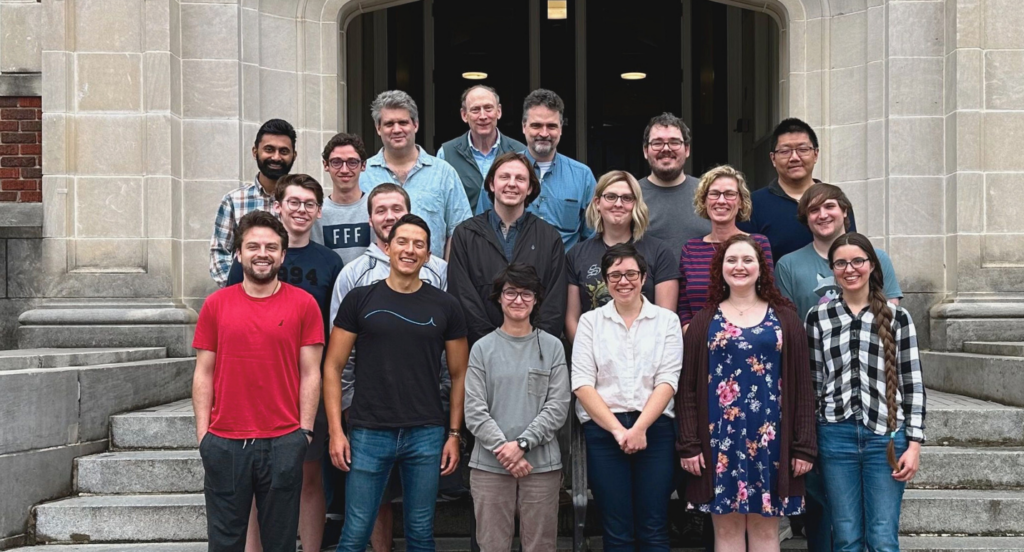
About ENAP
The Experimental Nuclear and Astroparticle Physics (ENAP) group, based within the UNC Department of Physics and Astronomy, seeks to understand fundamental particles and interactions, and the role they play in the universe. Our primary research focus centers on studies in neutrinoless double beta decay (LEGEND), a direct search for neutrino mass (KATRIN), and searches for physics beyond the standard model (LEGEND and KATRIN). We also are involved in advanced R&D for future beyond kiloton-scale experiments (NuDot). In addition, our group has expertise in real-time data acquisition systems, in particular the object-oriented real-time control and acquisition (ORCA) used by a number of experiments around the globe.
Our group works in close collaboration with colleagues at the Triangle Universities Nuclear Laboratory (TUNL) and the Institute for Cosmology, Subatomic Matter & Symmetries (CoSMS).
Boasting numerous opportunities for aspiring undergraduates, PhD candidates, and post-doctoral researchers, we extend an invitation to you to become an integral part of our research endeavors.
Our Experiments
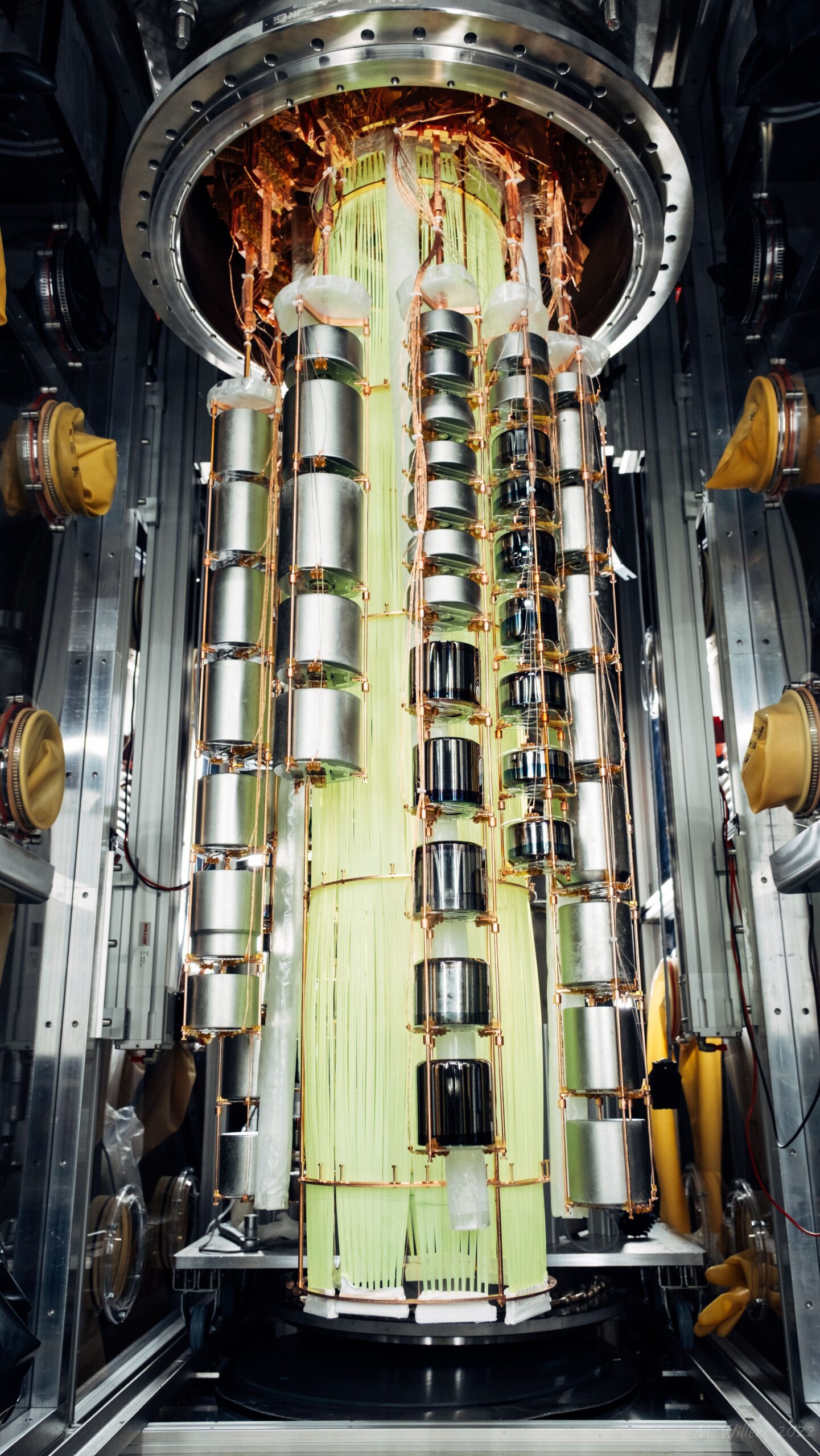
Large Enriched Germanium Experiment for Neutrinoless ββ Decay – LEGEND
The LEGEND collaboration is comprised of over 250 researchers from about 50 institutions from around the world, working together to develop the largest 76Ge neutrinoless double-beta decay experiment in history. By combining the technological expertise and experience from the GERDA experiment and MAJORANA DEMONSTRATOR, LEGEND is expected to reach a design sensitivity two orders of magnitude greater than its predecessors.
The MAJORANA Neutrinoless Double-beta Decay Experiment
The MAJORANA Collaboration constructed and operated the D , a modular array of enriched germanium detectors searching for the neutrinoless double-beta decay of germanium-76. The D , in conjunction with GERDA, established the feasibility of building a larger ton-scale experiment. The D. completed its neutrinoless double-beta decay program in 2021 and is currently being used with natural Ge detectors to search for the isomeric decay of tantalum-180m, the longest-lived nuclear isomer.
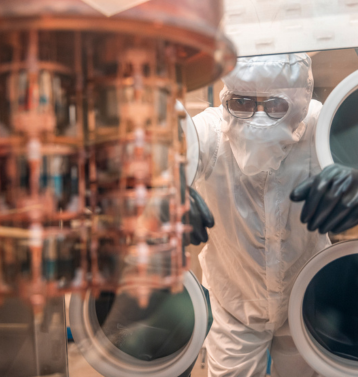
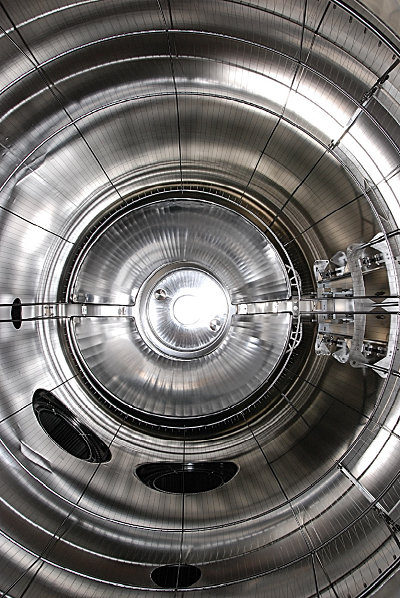
The Karlsruhe Tritium Neutrino Experiment – KATRIN
KATRIN measures the neutrino mass in a model-independant way via ultrahigh precision measurements of the kinematics of electrons from beta-decay. To detect the subtle effects of a massive neutrino on the kinematics of the beta electrons requires on one hand the provision of a strong gaseous windowless Tritium source with well-known properties and precision control. On the other hand it requires a high resolution spectrometer (MAC-E filter) with large diameter (10 m) to analyze precisely the electron energies from the source. All components are in operation and KATRIN started beta-decay data taking officially in spring 2019.
NuDot
NuDot is a 1/2-ton proof-of-concept liquid scintillator experiment that is testing this and some of the other techniques we’ll need to build kiloton-scale detectors that aren’t limited by backgrounds. Other work on NuDot focuses on the development of new fast-timing photodetectors and data acquisition systems, testing quantum dots as wavelength shifters and as a means to load the double-beta decay isotope, and on developing machine learning algorithms for event recognition.
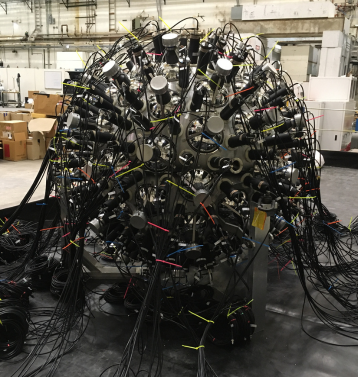
Join ENAP
Undergraduate
Our program offers a unique opportunity to delve into the fascinating world of nuclear and astroparticle physics, providing a solid foundation for future endeavors.
Graduate
Our comprehensive program is designed to equip you with the theoretical knowledge, advanced research skills, and hands-on experience needed to excel in academia, research, and beyond.
ENAP Fellows
We aim to create a nurturing and encouraging atmosphere tailored to the needs of promising young researchers and physicists who are embarking on their academic and professional journeys.